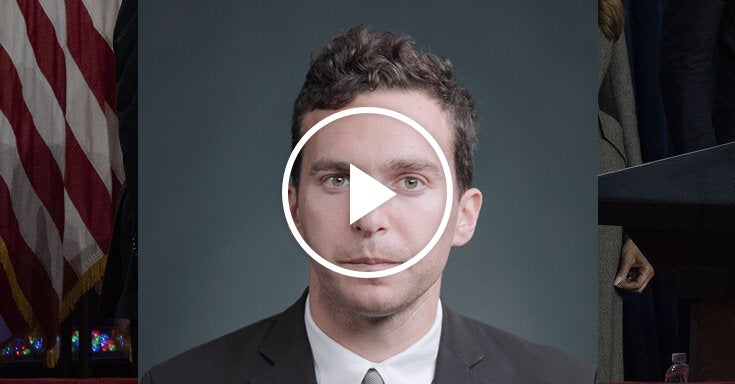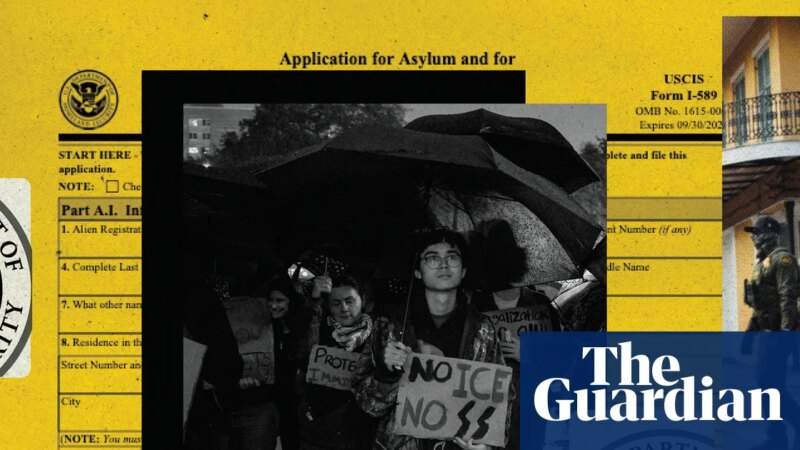Trump officials announce $1bn loan to restart Three Mile Island nuclear plant | Pennsylvania
The Trump administration has announced a $1bn federal loan to restart the nuclear power plant at Pennsylvania’s Three Mile Island that is under contract to provide power to Microsoft’s datacenters.
The US energy secretary, Chris Wright, said on Tuesday that the loan to Constellation Energy, the plant’s operator, would “ensure America has the energy it needs to grow its domestic manufacturing base and win the AI race”.
Constellation signed a 20-year purchase agreement in 2024 with Microsoft, which needs power for its artificial intelligence operations, to restart the 835MW reactor that shut in 2019. The other unit at the plant, renamed the Crane Clean Energy Center, shut in 1979 after the most serious nuclear meltdown and radiation leak in US history.
US power demand is rising for the first time in two decades, driven by technologies including artificial intelligence. Nuclear energy, which is virtually carbon-free, has become an option for technology companies such as Google and Meta. But critics have pointed out that the US has failed to find permanent storage for radioactive waste.
In a statement, the US Department of Energy said once Constellation’s reactor was restarted, it would be able to power the equivalent of approximately 800,000 homes. It also said the project would help lower electricity costs, strengthen grid reliability and create more than 600 jobs.
Wright added: “Constellation’s restart of a nuclear power plant in Pennsylvania will provide affordable, reliable and secure energy to Americans across the mid-Atlantic region. It will also help ensure America has the energy it needs to grow its domestic manufacturing base and win the AI race.”
Constellation said the loan would help it lower the cost of financing and leverage private investment to restore power to the grid.
The company has hired hundreds of workers, completed infrastructure inspections and ordered major equipment for the project, which is expected to come online in 2027. It will need to revamp cooling towers, install a main power transformer among other equipment and refuel before producing electricity. The plant also needs US Nuclear Regulatory Commission and water-related permitting, Constellation said this year.
Greg Beard, the head of the energy department’s loan programs office, said Constellation was guaranteeing the loan and that the loan structure would protect taxpayers if the project does not succeed.
Companies such as Microsoft, Google, OpenAI, Amazon and Meta are pouring hundreds of billions of dollars into new datacenters to power the boom in artificial intelligence, which has raised a number of concerns around the impact upon the climate, water use and electricity bills.





